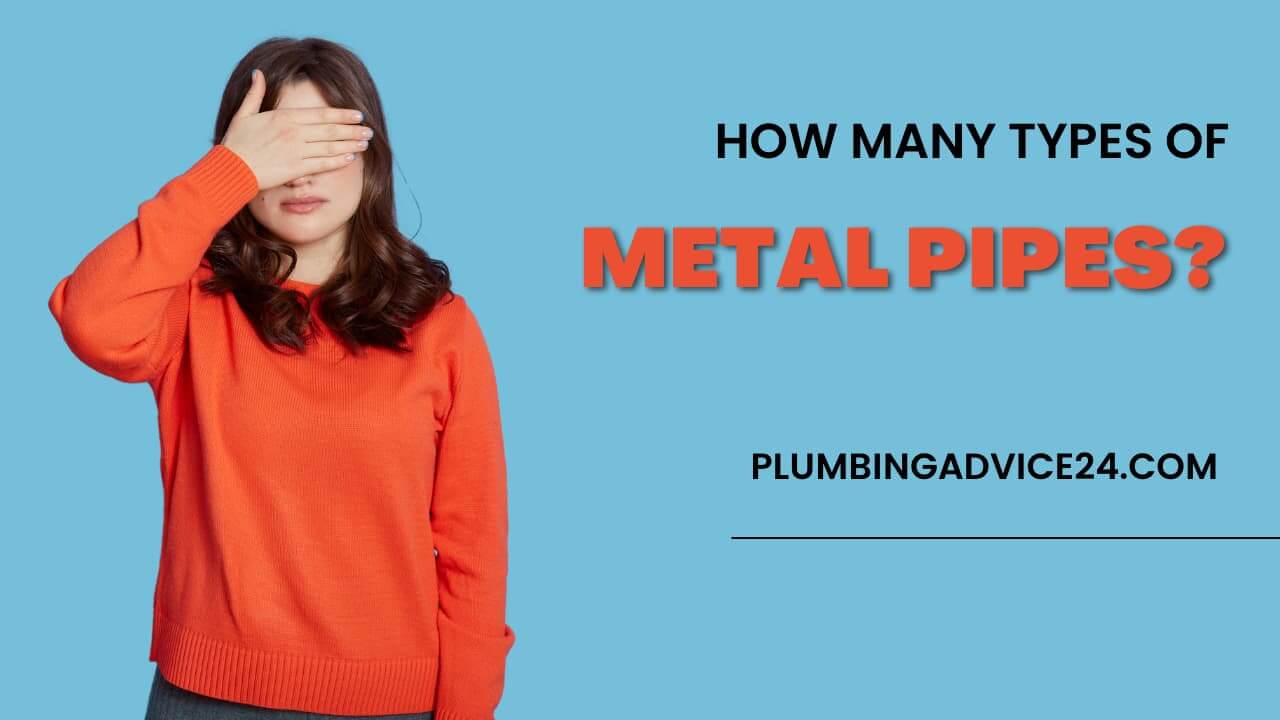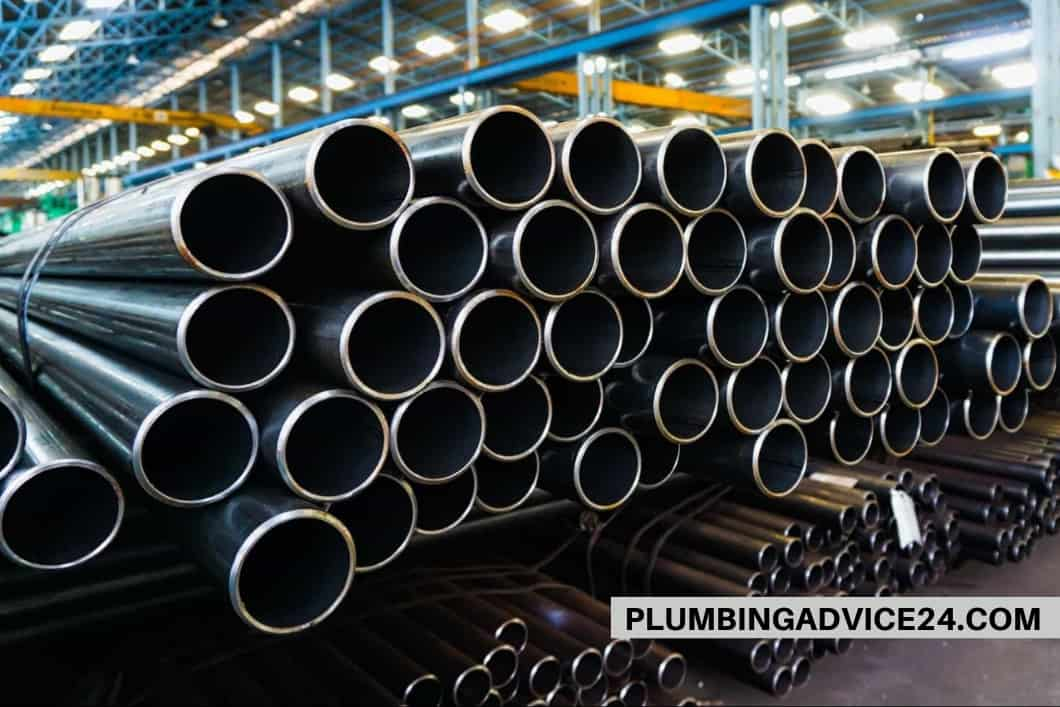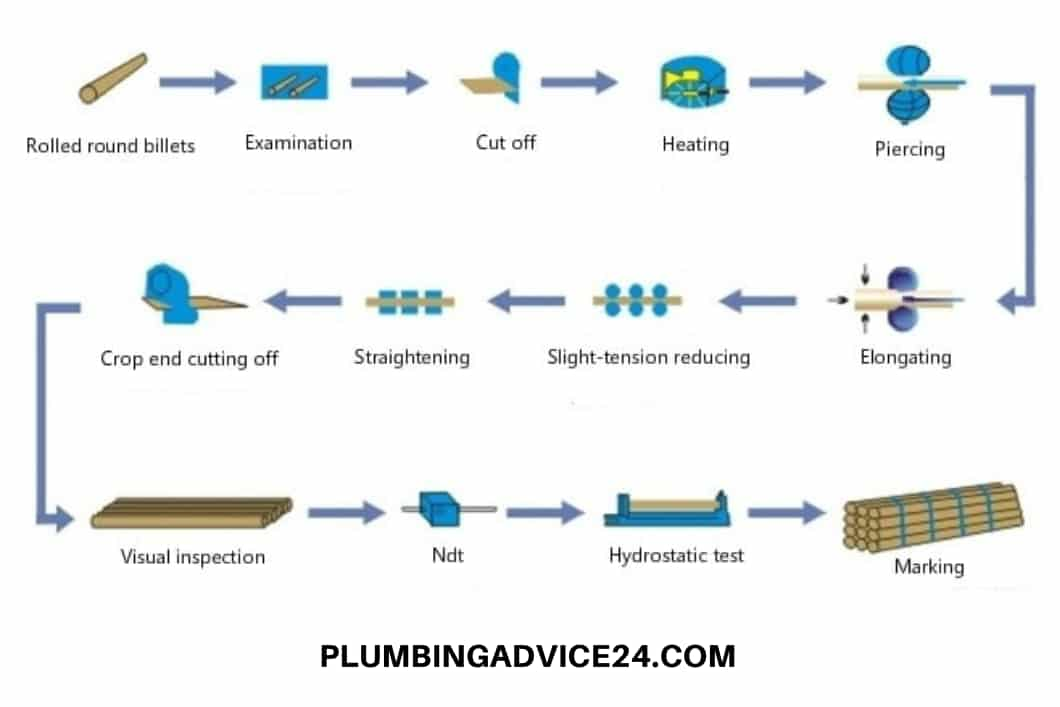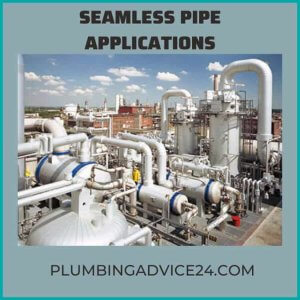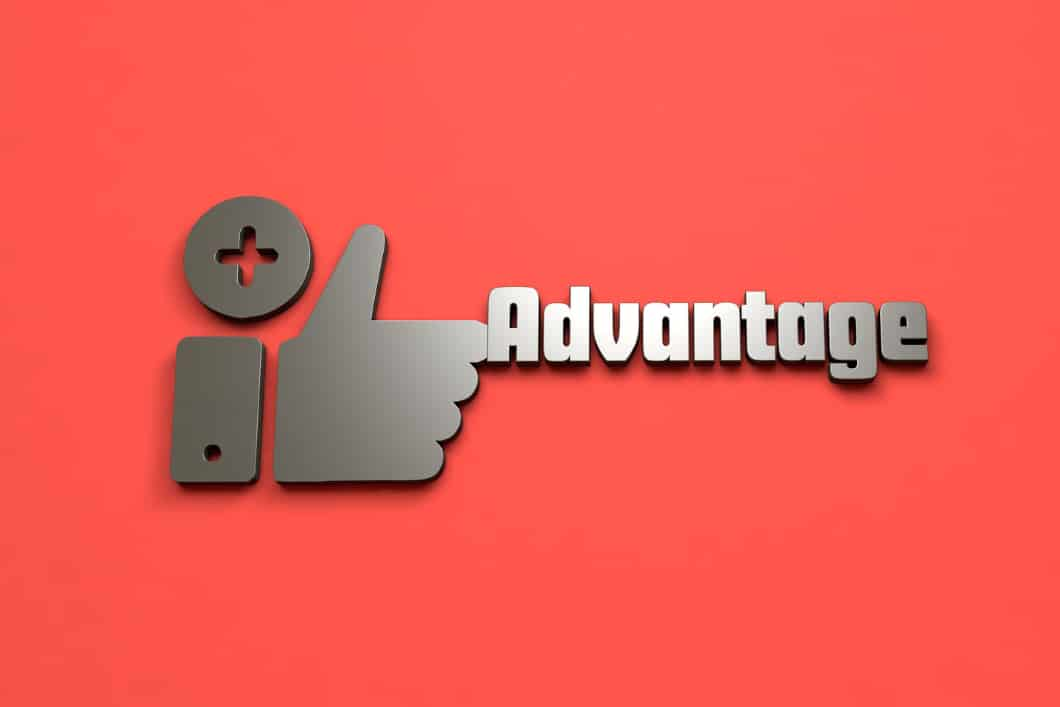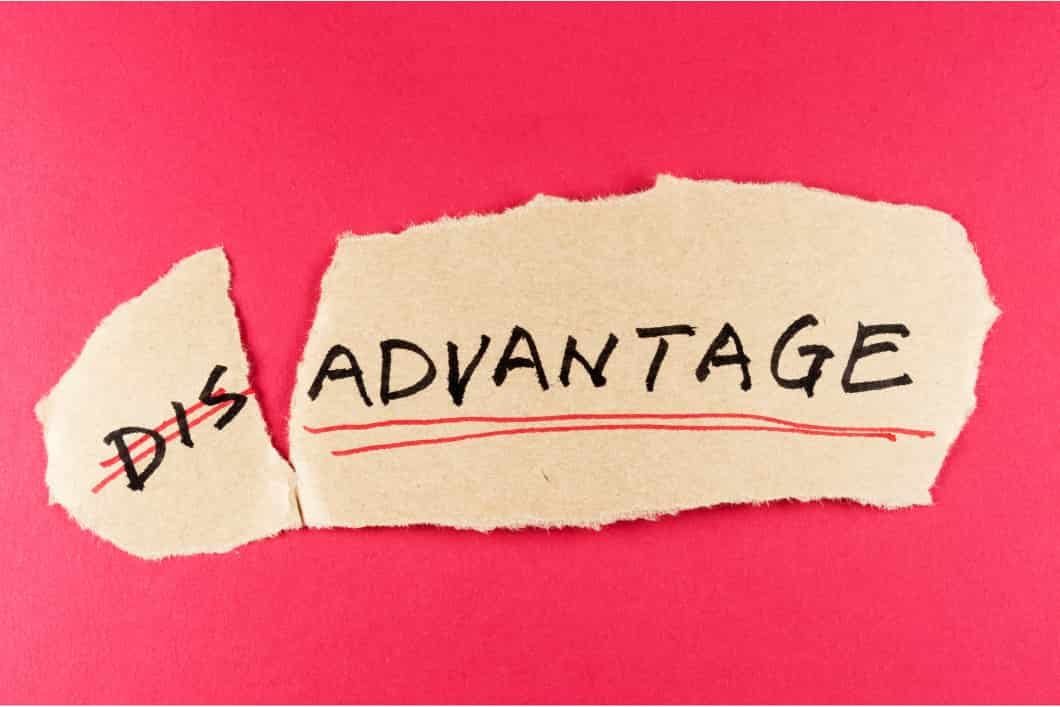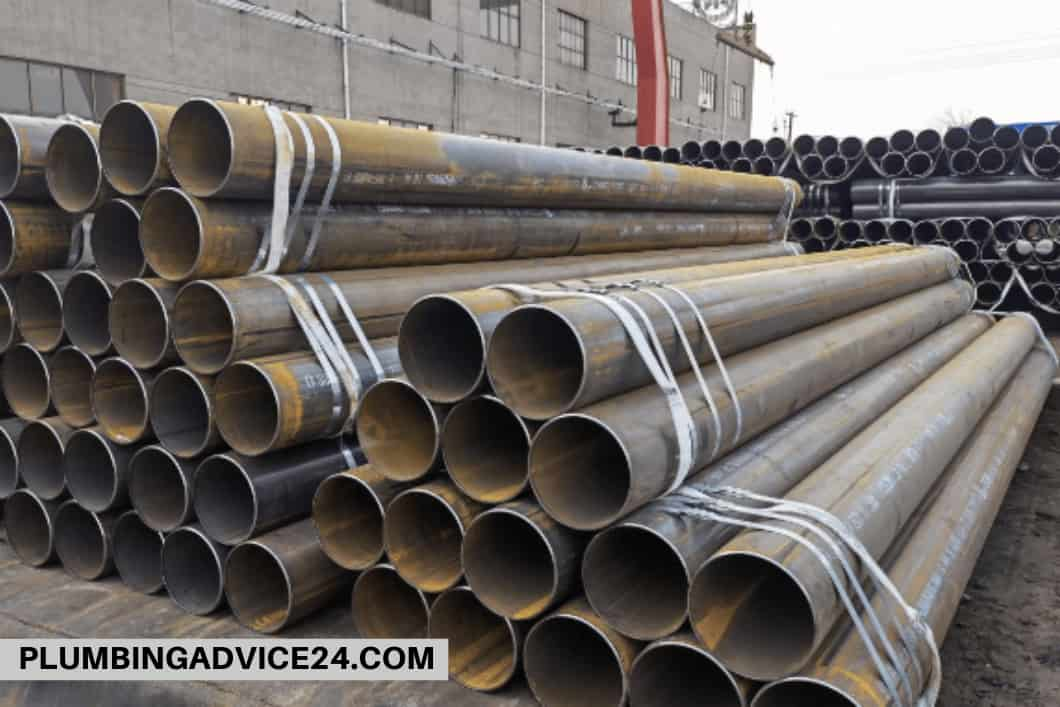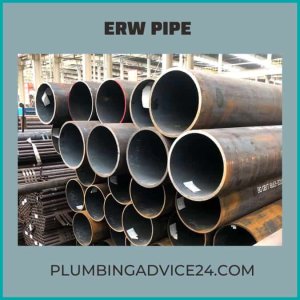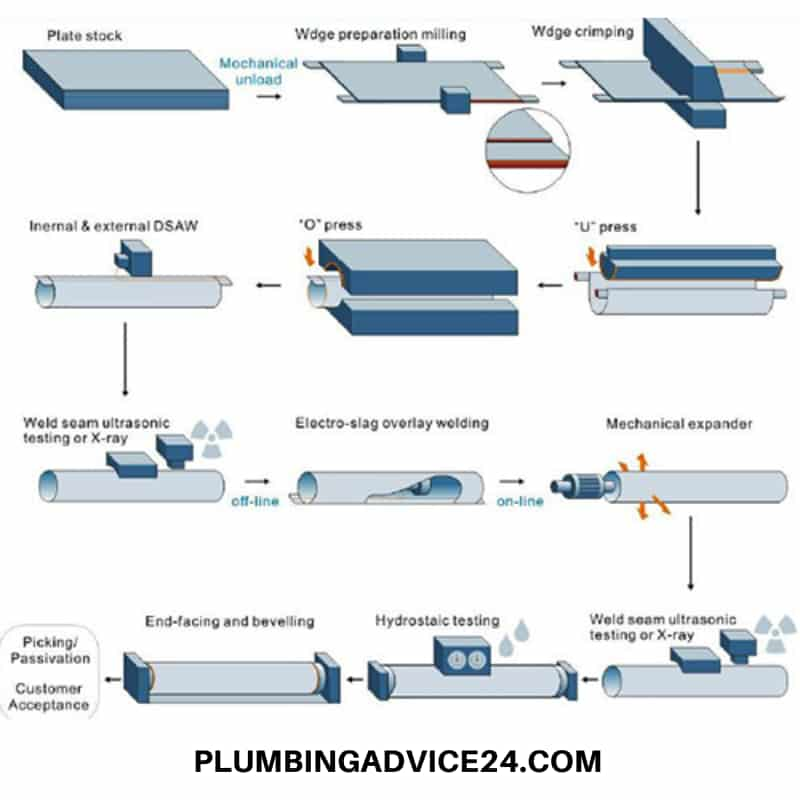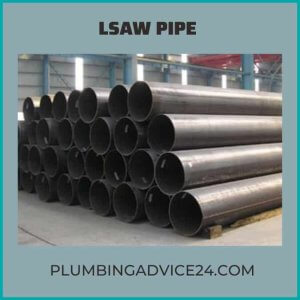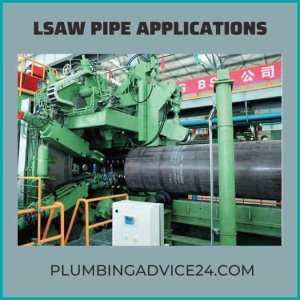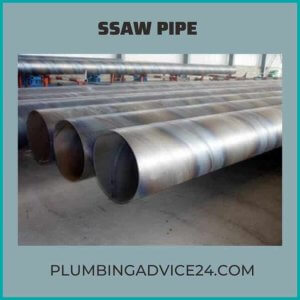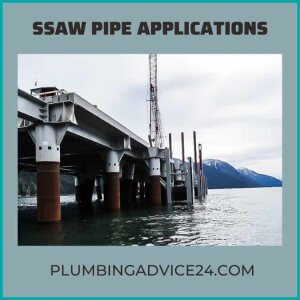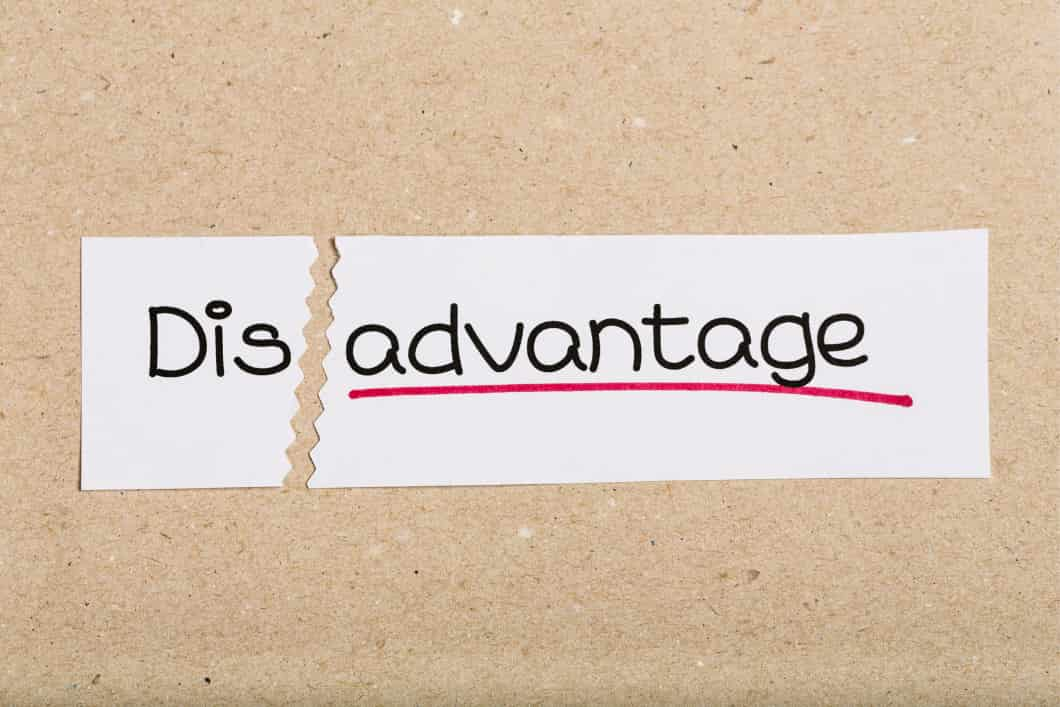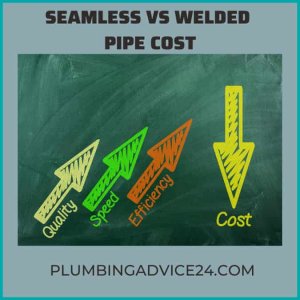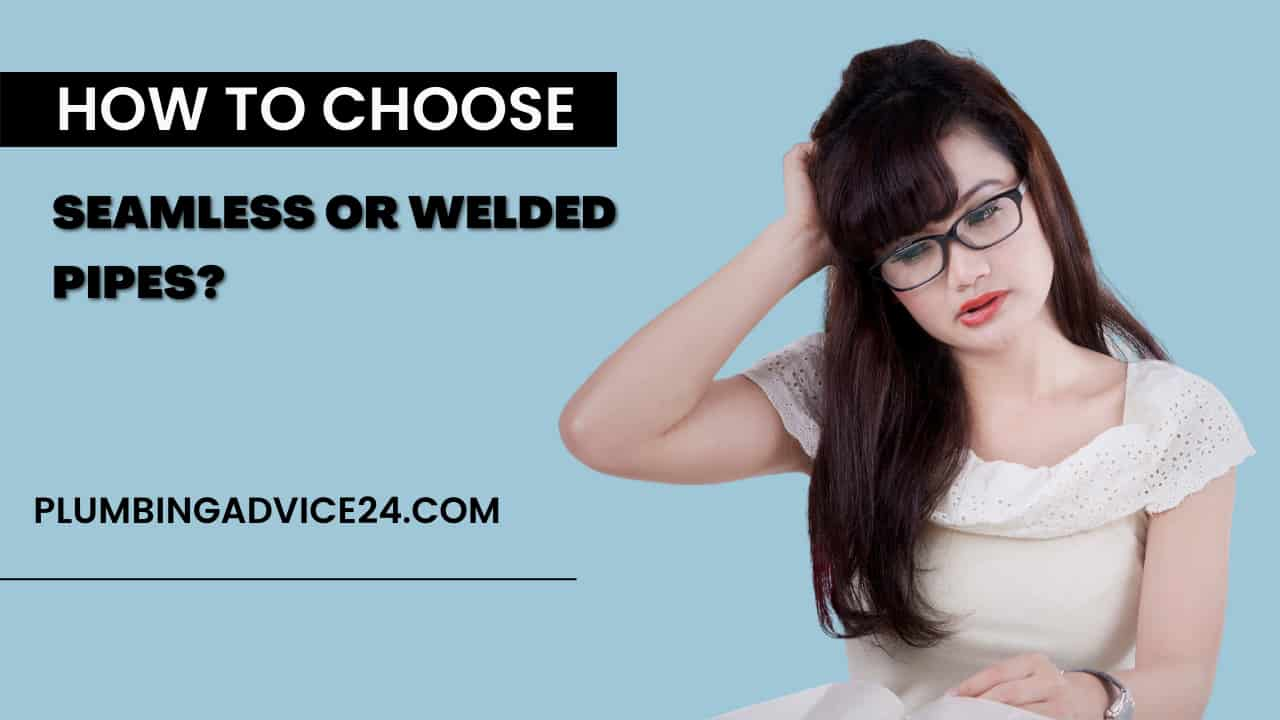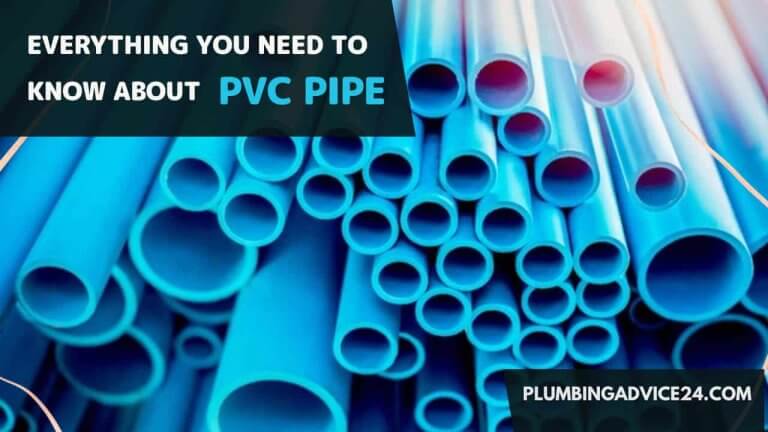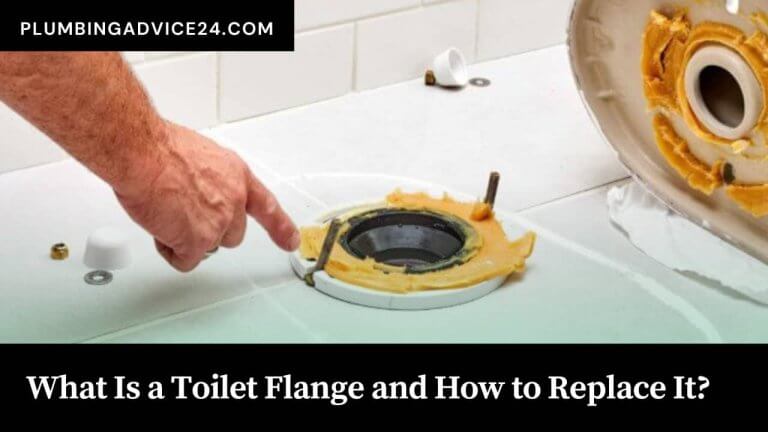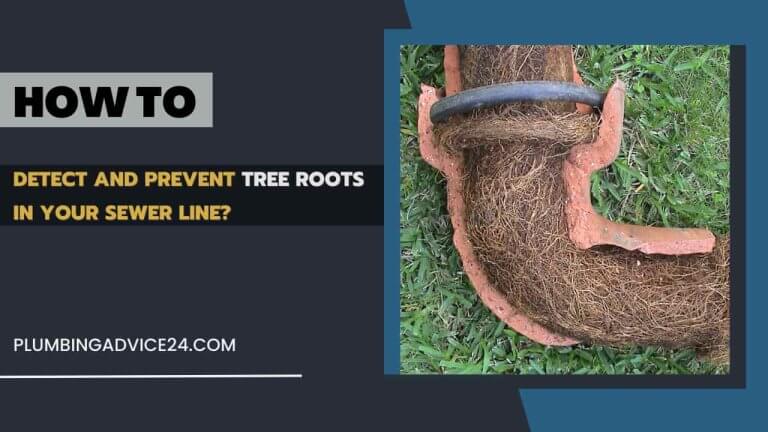Types of Metal Pipes | Seamless Vs Welded Pipes
Plastic products like PVC are often compared to metal alternatives when it comes to plumbing piping needs. Both of these materials can be used in a variety of situations, and each comes with its own set of specific benefits. Steel pipe is one of the most widely used types of metal pipes.
Steel is the most common metal when it comes to piping needs in plumbing, construction, and other industries due to its strength, durability, and natural resistance to rust and corrosion. In today’s blog, we’ll go over some of the steel formats that are most commonly used for pipe; In addition, we will discuss how many types of metal pipes there are and their advantages and disadvantages.
How Many Types of Metal Pipes Are There?
Stainless steel pipe and carbon steel pipe are the most common types of steel pipes used today. It is part of tubular goods, which are manufactured according to various specifications and standards. These pipes are sold by “Nominal Pipe Size” in sizes from 1/8″ to 72″. The two most common types of metal pipes are seamless pipe and welded pipe. Both are available in carbon steel and stainless steel.
The most common specification for welded carbon steel pipe is Astm A53. Seamless pipe is made by a process that does not require welding. The most common specification for seamless carbon steel pipe is A106B. Stainless steel pipe manufactured to spec A312. Stainless steel pipe is also available in both seamless and welded configurations. The most common stainless materials are 316 and 304.
Must Read: What Is Plumbing Pipe | 22 Different Types of Plumbing pipes
1. Seamless Pipe
The term “seamless” means the absence of seam welds. Seamless pipes are made from steel billets, which are heated and perforated to form a tubular section.
Some specifications cover only seamless pipes (e.g., ASTM A106); others apply to both seamless and welded pipes (e.g., ASTM A53).
Carbon steel pipes (A53, A333, A106, and API 5L) have the largest market share, as they can be used for most high- and low-temperature applications; The main use of stainless steel pipes is for anti-corrosive services (and higher grades are used at elevated temperatures and pressures or when the fluid to be cultured is more and more aggressive).
In the upstream oil and gas industry, API 5CT is the main specification covering OCTG pipes (Oil Country Tubular Goods).
Commercial seamless pipes are designated with a nominal pipe size (representing the approximate fluid carrying capacity of the pipe) and a “schedule,” which refers to the thickness of the pipe (most common are schedule 40, STD, XS, XXS) carbon or alloy pipes, and 10S, the 40S, and 80S for stainless and nickel alloy pipes).
Seamless Steel Pipe Manufacturing Process
Billets and coils are delivered to the pipe mill, ready to be made into a carbon steel pipe. Depending on the pipe mill’s capabilities and the final product’s end use, the casts will be formed into the pipe by means of four distinct different manufacturing.
Seamless carbon steel pipe has, as its name implies, no longitudinal weld seam. It is, in essence, one solid homogeneous piece of steel. A solid billet is simply heated and then stretched over a series of mandrels until the pipe has achieved its desired diameter and wall thickness.
Seamless Pipe Price
Seamless pipes have a higher cost per ton than ERW pipes, typically 20 to 30% higher, due to their fairly complex manufacturing process (more obvious than the manufacturing process of ERW and LSAW pipes) and the fact that the number of seamless pipes manufacturers use is greater. It is rather limited (the market is oligopolistic in nature).
Seamless Pipe Applications
Uses of Seamless steel pipes in various applications in the oil and gas industry:
- Common plumbing applications for utility services
- OCTG pipes (Oil Country Tubular Goods)
- Water underground
- Sewage
- Oil & Gas Transportation
- Chemical processing
- High-pressure applications
- Treatment Steel scaffolding Boiler and condenser tubes
Advantages of Seamless Pipe
- Seamless pipes are made from a solid block of steel and have no weld seams, which can represent weak areas (subject to corrosion, erosion, and general failure).
- Compared to welded pipes, seamless pipes have a more predictable and precise shape in terms of roundness and ovality.
Disadvantages of Seamless Pipe
- The cost per ton of seamless pipes is higher than the cost of ERW pipes of the same size and grade.
- Seamless pipes may have longer delivery times, as there are fewer manufacturers of seamless pipes than welded pipes.
- Seamless pipes may have inconsistent wall thickness throughout their length.
Must Read: Types of Steel Pipes | Stainless Steel Pipe Vs Carbon Steel Pipe
2. Welded Pipe
Steel pipe can be divided into seamless steel pipe and welded steel pipe; welded steel pipe includes ERW steel pipe, spiral welded pipe, and LSAW steel pipe. Let me share the difference between ERW steel pipe, spiral welded pipe, and LSAW steel pipe for all of you.
2.1. ERW Pipe (Electric Resistance Welding)
ERW steel pipes are manufactured using steel coils: the coil is first uncoiled, then smoothed, cut, and finally formed into a pipe shape by electrically connecting its two ends.
Due to modern welding techniques adopted by ERW pipe manufacturers, in the last few years, ERW pipes have become a viable alternative to seamless pipes both in terms of cost and performance. Over time, these advances in welding technology have reduced the technical superiority of seamless pipes vs. welded pipes, making them interchangeable in at least some applications (low/medium pressure and temperature).
ERW Steel Pipe Manufacturing Process
Welded pipe begins as a long, coiled ribbon of steel called a scalp. The scalp is cut to the desired length, resulting in a flat rectangular sheet. The width of that sheet’s short end will become the pipe’s outside circumference, a value that can be used to calculate its final outside diameter.
The rectangular sheets are fed through a rolling machine that bends the long sides toward each other, forming a cylinder. In the ERW process, a high-frequency electric current is passed between the edges, causing them to melt and fuse together. Most welded pipe requires heat treatment after manufacture.
2.2. LSAW Pipe (Longitudinal Submerged Arc Welding Pipe)
LSAW Pipe is also called SAWL pipe. It takes the steel plate as raw material, molds it with the molding machine, then does double-sided submerged arc welding.
LSAW steel pipe uses leaflets plate as raw material, and the steel plate in the mold or molding machine pressure (volume) into using double-sided submerged arc welding and flaring from production.
A wide range of finished product specifications, weld toughness, ductility, uniformity, and density, with a large diameter, wall thickness, high-pressure resistance, low-temperature corrosion resistance, etc.
Required steel pipe in the construction of high-strength, high toughness, high-quality long-distance oil and gas pipelines, mostly large diameter thick wall LSAW.
LSAW Pipe Applications
It has been widely applied in oil and gas pipelines, especially requiring large diameter and thick wall pipes with high strength and long distance. According to API specifications, the LSAW pipe (SAWL pipe or JCOE pipe) is specially designated for large scaled oil and gas transportation in the cases that pipeline across the city, sea, and urban area. These are the class 1 and class 2 areas.
- Construction
- Water treatment
- Thermal industry
- Bridge building.
Must Read: Steel Pipe Installation | Repair Steel Pipe | Replace Steel Water Pipe
2.3. SSAW Pipe (Spiral Submerged Arc Welding Pipe)
SSAW Pipe (Spiral Submerged Arc Welding Pipe), also called HSAW pipe (Helical SAW), is a welding line shaped like a helix. It uses the same welding technology of Submerged Arc Welding with LSAW pipe. Differently, the SSAW pipe is a spiral welded pipe, whereas the LSAW pipe is a longitudinally welded pipe.
For manufacturing, spiral seam steel pipe made of strip steel coils as raw materials, often extruded and formed by automatic double-wire double-sided submerged arc welding. The spiral steel pipe feeds the strip steel into the welded pipe unit.
After rolling by multiple rollers, the strip steel is gradually rolled up to form a round tube blank with an open gap. The reduction of the squeeze roller is adjusted to control the weld gap at 1 to 3mm and make both ends of the welding joint flush.
SSAW Pipe Applications
For oil and gas piping, but in petroleum design specification, the SSAW pipe / HSAW pipe could only be applied in class 3 and class 4 areas.
- Construction structure
- Sewage treatment
- Water transport
- Buildings
- Thermal industry
Must Read: What Type of Piping Is Used in Homes | Types of Pipes for Water Supply
Advantages of Welded Pipe
- Welded steel pipe can be manufactured in longer lengths.
- It is less costly.
- Welded steel pipes have smoother surfaces, are Lightweight, and are readily available.
- It has no size restriction, thinner walls, tighter tolerance, and Consistency in wall thickness.
Disadvantages of Welded Pipe
- In welded steel pipes, welds are prone to corrosion.
- Welded steel pipe can only withstand 20% less weight.
- It must be tested before use.
Seamless Vs Welded Pipe Cost
Strength and durability are some of the factors that determine the cost of both welded and seamless tubing. Seamless steel is stronger than welded pipes, which makes them more expensive due to higher production costs.
Whereas welded steel pipes are easy to manufacture due to the cheap cost of production and availability of raw materials. Also, the manufacturing process of seamless steel is complex and time-consuming. As each tubing has its own unique features, advantages, and disadvantages, you should choose it according to your needs.
Must Read: What Is Plumbing Pipe Materials | What Is Used to Make Plumbing Pipes
How to Choose Seamless or Welded Pipes?
Plan and purchase seamless steel pipe if necessary and consider welded pipes if all factors are in their favor. In short, your intended use will help you determine the best types of metal pipes. We have provided you with information on the factors you need to consider in choosing between the two pipes, which will make it easier for you to choose your pipe.
| Factors | Seamless Steel Pipe | Welded Steel Pipe |
| Length | Shorter because of manufacturing difficulties | It can be manufactured in various sizes and lengths |
| Economy | Costly | More economic |
| Production Process | Complex with longer manufacturing and procurement time | Simpler with a short manufacturing and procurement time |
| Application | High temperature, high pressure, sensitive units, and corrosive environment | Low pressure, less corrosive environment, lower budgets |
| Tests | No tests required | Must be tested before use |
| Pipe Surface | Rough surface as a result of the extrusion process, Internal surface checking is impossible. | Smoother surfaces, Internal surface check before the manufacturing process |
| Shape | Better ovality, round | Poor ovality |
| Size | Nominal size of 24 inches or less | No size restrictions |
| Diameter | Thicker diameter | Thinner diameter |
| Strength | Capable of withstanding very high pressure | It can only withstand 20% less stress because of the welds |
| Availability | Less available because of limited raw materials | Readily available because of the availability of raw materials |
| Molding Process | It can be manufactured one time in the rolling process | Manufactured with steel strips and plates that weld after bending |
| Preferred Field of Application | High-pressure equipment manufacture, industrial boilers, | Aerospace, automobile, electric, the construction industry |
| Welds | No welds | ERW, LSAW, SSAW |
Must Read: What Is a Sewer Line | Types of Sewer Pipes | Best Sewer Line Insurance Company
What Type of Metal Is Used for Pipes?
Steel is the most common metal used when piping is needed in plumbing, construction, and other industries, given its strength, durability, and natural resistance to rust and corrosion.
How Many Types of Metal Pipes Are There?
There are three different types of metal pipes – seamless pipe, welded (ERW pipe), and galvanized pipe.
What Is ERW Pipe Used For?
ERW steel pipes are round pipes welded from steel plates with longitudinal welds. It is used to transport oil, natural gas, and other vapor-liquid materials and can meet different requirements of high and low pressure.
What Is the Difference Between Seamless and ERW Pipe?
Seamless pipe is made by extruding metal to the desired length. ERW pipe has welded joints in its cross-section, while seamless pipe has no joints in its cross-section along its length.
What Is the Difference Between A106 and A333 Pipe?
The A333 grade is also commonly used for compressed gas pressure piping, where catastrophic consequences of a crack are expected. ASTM A333 is a low-temperature carbon steel pipe, but 106 is not. ASTM A106 seamless pressure pipe is most commonly used below 430℃.
What Is A53 Pipe?
ASTM A53 is a carbon steel alloy that can be used as structural steel or for low-pressure pipelines. ASTM A53 (ASME SA53) Carbon Steel Pipe is a specification that covers seamless and welded black and hot-dipped galvanized steel pipe in NPS 1/8″ through NPS 26.
How Is Seamless Pipe Made?
Seamless pipe is formed from a cylindrical bar of steel. The bar is heated to a high temperature, and then a probe is inserted to create a hole through the cylinder. The cylinder is then transferred to rollers which size the cylinder to the specified diameter and wall thickness.
Is Seamless Pipe Stronger Than Welded?
Seamless steel pipe has better pressure capacity and strength is higher than ERW welded steel pipe. So it is widely applied in high-pressure equipment and thermal boiler industries. Generally, the welding seam of the welded steel pipe is the weak point; the quality affects overall performance.
If You Liked This Post? So Share It with Your Friends
Suggested Articles:
- What Is LDPE Pipe | LDPE Pipe Manufacturing Process | LDPE Pipe Uses | LDPE Pipe Size | LDPE Pipe Cost
- Polypropylene Pipe | PP-R Pipe | PP Pipe Complete Guide
- What Is Galvanized Pipe | Galvanized Pipe Applications | How to Measure Galvanized Pipe | Galvanized Pipe Size
- Polybutylene Pipe Problems and Their Solution-Complete Guide
- Lead Pipe Poisoning Hazards and Solutions

